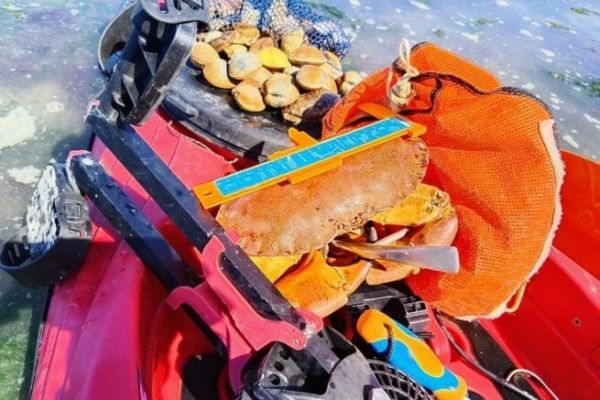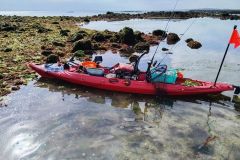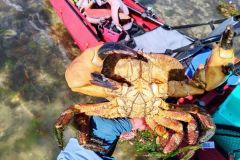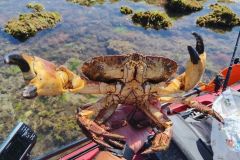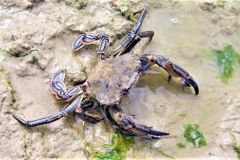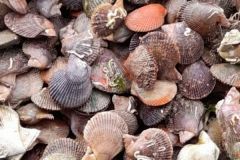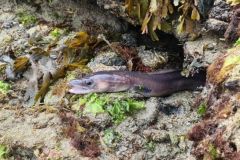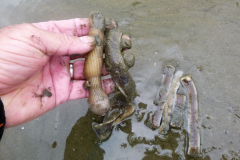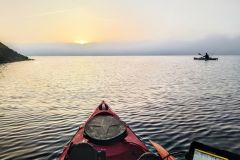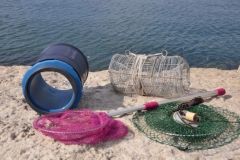Nitzschia austrialis
Pseudo nitzschia austrialis is to blame. These microalgae are found in practically all shellfish beds and areas along the Atlantic coast. This microalgae can cause serious poisoning following consumption of contaminated seafood: digestive problems (nausea, vomiting, diarrhea) followed by neurological problems (headaches, memory problems) and, in rare serious cases, convulsions and coma leading to death.
For this reason, all the prefects along the coast have issued decrees limiting, and in most cases prohibiting, shellfish harvesting. Here in Finistère, the ban came into force late on March 31st. Some areas had already been banned, depending on the species, such as pectinidae, which had been closed for some time. Now, all shellfish are closed to harvesting.
Several causes have been put forward for the presence of these toxic microalgae. They are undoubtedly the result of a combination of factors: salinity, temperature, excess nutrients such as nitrogen, phosphorus and silica, global warming...
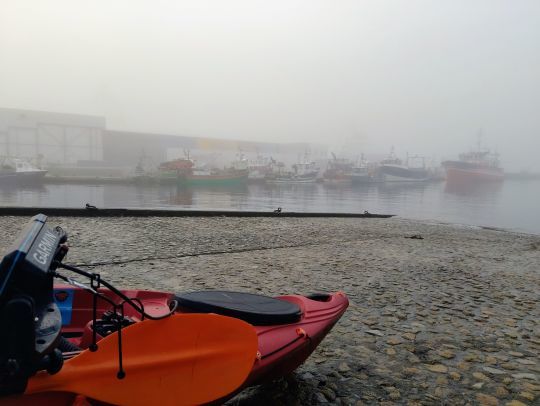
Mackerel, abalone and crabs
Still, I only managed one outing before the ban was lifted. The launch had already been delayed by the thick fog that descended on my spots at daybreak. So I waited an hour for the sun to break through and dry out the air. Safety first! As I still had two hours before picking time, I took advantage of the opportunity to catch a few mackerel, which are very present in Brest harbour, suggesting that the forage is also starting to come in.
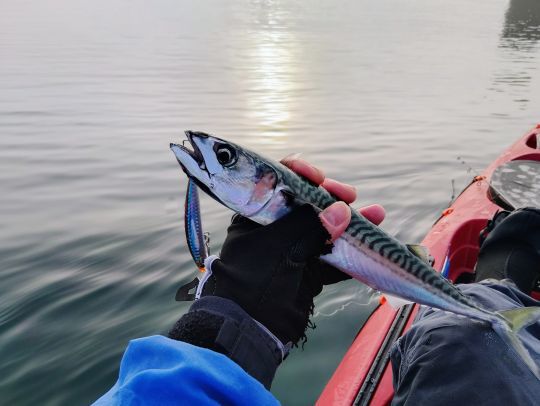
My mackerel fishing done, I settle down on the foreshore and this time, I start with the snack. I start picking, giving priority to abalone, which are not filter-feeding shellfish, and crabs, which are not affected by the bans. Lots of abalone below the waist, between 75 and 90 mm, which will of course remain under their pebbles. I'm finding a few in the mesh, and curlers are also in the mix.
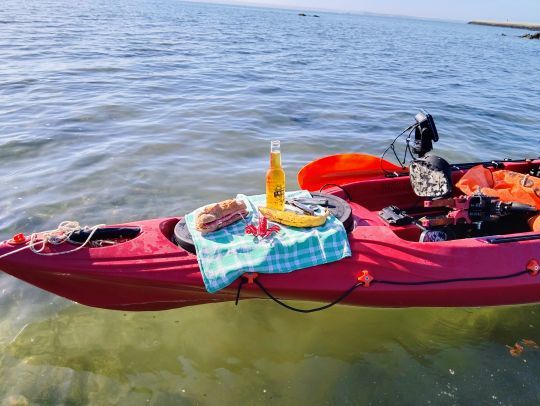
Crossing a pond, I spot a large rock, all alone in the middle. I decide to take a look and it turns out to be a big, fat sleeper sheltering under the rock. It's a good pick, heavy and full, with nice claws bigger than my wrists. I'll be rounding off the basket with some big clams, probably the last ones for a long time.
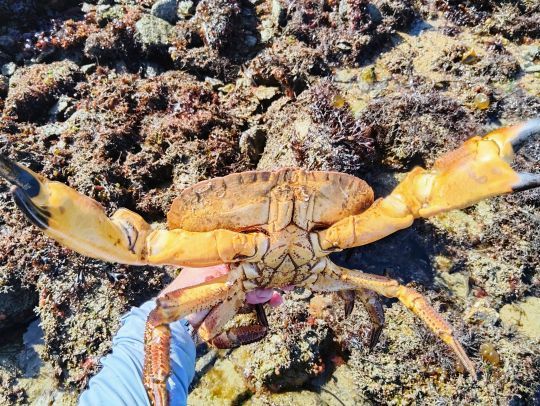
To find out if your area is affected by the bans, please visit the prefecture websites. The bans mainly affect Vendée, Loire-Atlantique, Morbihan and Finistère. There's also the https://www.pecheapied-responsable.fr/fr/carte-interactive .
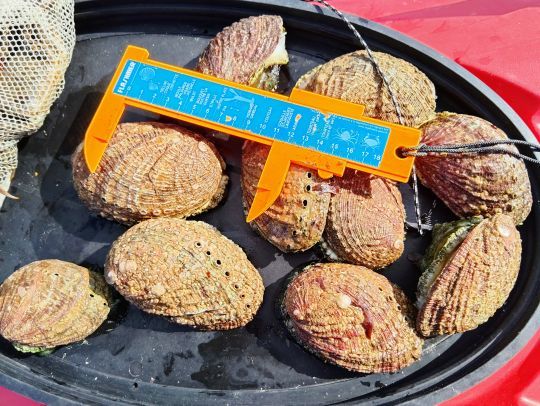
Although we didn't make a pretty basket, this early spring on the water was nevertheless very pleasant. We'll now resume the classic fishing for sea bass, which has just reopened to sampling and has finished its winter work, and, in a month's time, pollack, which is also subject to numerous constraints as regards its harvesting by recreational anglers.

 /
/ 